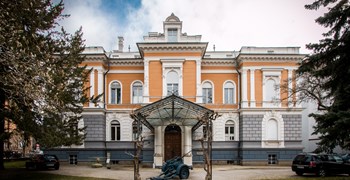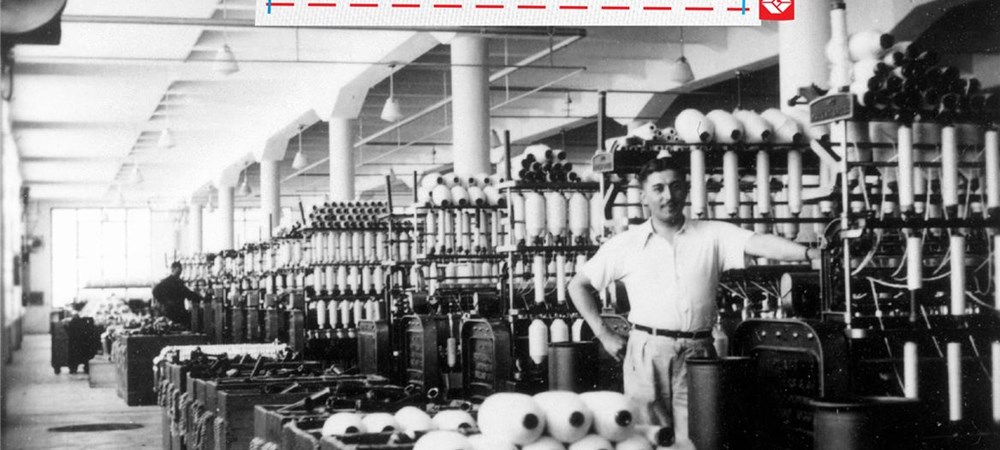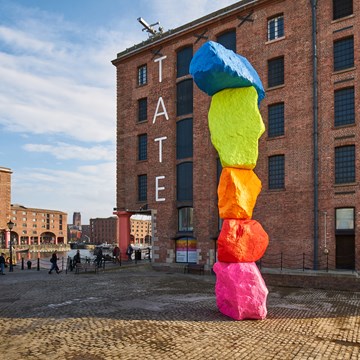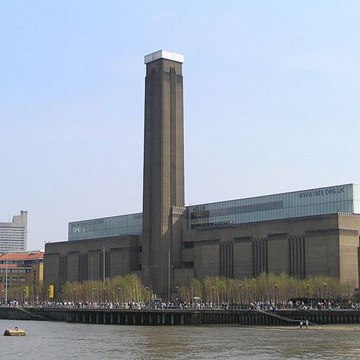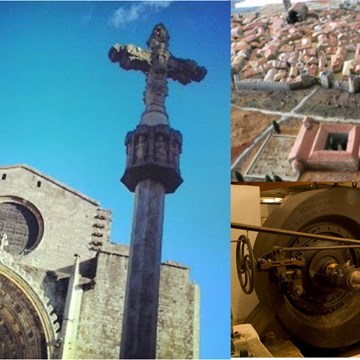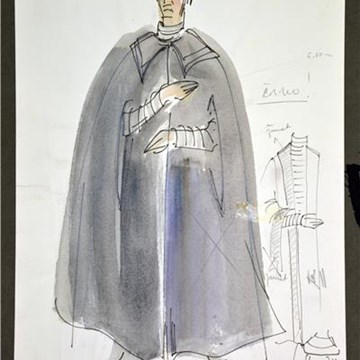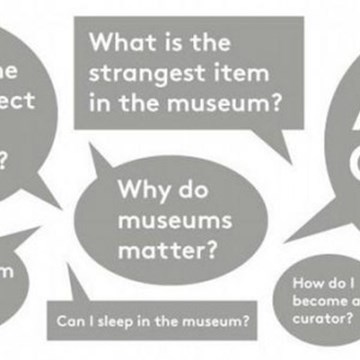Yugoslav Manchester
With the formation of Yugoslavia as a state, Slovenia became its most industrialised region. No longer was it in an industrially subordinated position like before in the Austro-Hungarian Empire. Also, to Slovenian industry Yugoslavia represented a promising large market. Thanks to high customs protection, conditions had been established for Slovenia, incorporating 37 per cent of the entire textile production, to turn into the major textile centre in the country, particularly oriented into the cotton textile industry. The wool textile industry remained concentrated in Serbia. During the two decades before World War II, Maribor and Kranj became the major Yugoslav centres of textile industry. Over fifteen years, Maribor in particular turned into the major textile centre of the Kingdom of Yugoslavia. With twenty-one large textile factories around Slovenia in 1939, as many as fifteen were located in Maribor.
Nine major textile factories began operating in Slovenia between 1919 and 1923. Further seventeen were established by 1930, and another nine by 1936. Afterwards no new factories were inaugurated, which was partly due to the imminent war. In the 1920s, the weaving industry was on the rise in Slovenia, and in the 1930s the spinning industry was very prominent. However, spinning mills never managed to meet the demand of weaving factories. In turn, Slovenian textile factories were importing raw cotton from the USA and the UK as well as great amounts of cotton yarn from Italy, Czechoslovakia and Austria.
Before World War I, there was no textile industry in Maribor. The completion of the Fala hydroelectric power plant in 1918, the determination of the Maribor Municipality to connect the city to the electricity grid from the Fala plant by 1920, favourable prices of construction areas, good railway connections, sufficient cheap labour, as well as plenty of water were the factors that led to the surprisingly quick emergence and development of textile factories in Maribor.
Extremely high customs protection of the textile industry in Yugoslavia attracted foreign investments. The major share, 40 % of equity in the textile industry was of Czech origin, followed by 25 % of Austrian equity. The same share was contributed by Yugoslav owners. Swiss, British and Polish equity was also present with a few per cent share each. In the period between the two world wars, Maribor turned into a mighty centre of textile industry - Manchester of Yugoslavia.
Exhibitions and events
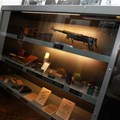
Shhh! Maribor 1941-1945
Permanent exhibitionShhh! Due to the secret nature of this data, we cannot disclose everything in this invitation, so we'd like you to join us at the opening of our permanent exhibition.
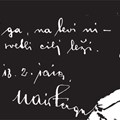
»Na desni ga, na levi ni – pred nami svetli cilj leži«
Permanent exhibitionRazstava prikazuje predvsem boj za slovensko severno mejo na Štajerskem in vzhodnem Koroškem, na ozemlju, ki je bilo konec leta 1918 v Štajerskem obmejnem poveljstvu. Atentat na...
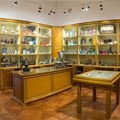
A Monument to Maribor's Industry - Industrial Maribor in the 20'th Century
Permanent exhibitionAlong with its favourable geographical position and advantageous conditions also its electrification contributed to the industrial boom of Maribor and northeastern Slovenia. Namely, the first...
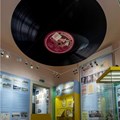
Maribor is ours!
Permanent exhibitionAfter the formation of Yugoslavia, Maribor became an important border city, representing Yugoslavia’s north-western gate into the world. The city became the transport route connecting the Alps and...

History of Photography
Permanent exhibitionFrom the very beginning, humankind has had the desire to prove themselves and to understand the world surrounding them. Certainly there were moments when people wished to capture a moment in an...
Activities from this museum
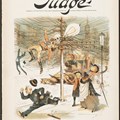
In zasvetila je luč 1883 - Predšolski in I. triada
Kakšno je bilo življenje v Mariboru v tistih časih, ko še ni bilo elektrike?...

Kaj se skriva v muzeju? - Predšolski, 1. triada
Otroci bodo spoznavali delovanje muzeja, slišali zgodbo o zgodovini muzejske...

Dišijo praznične dobrote
Na delavnicah predstavljamo del kulturne dediščine, ki se skozi stoletja...
